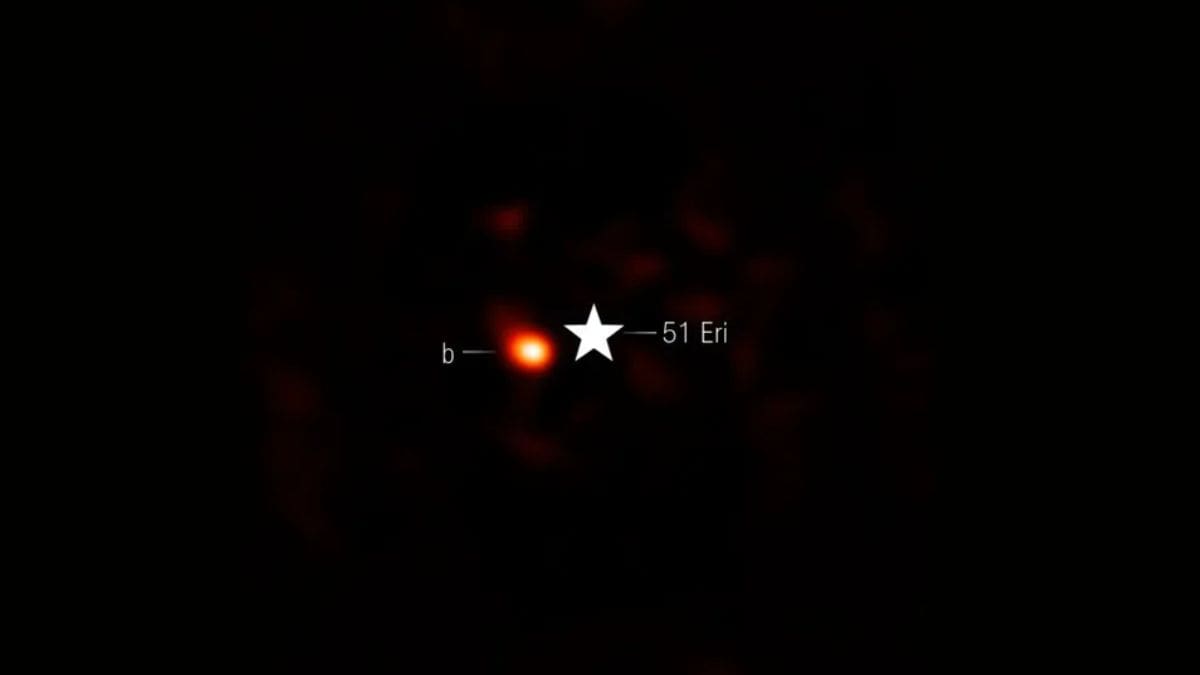JWST Captures Unseen Details of Exoplanets in HR 8799 and 51 Eridani Systems
#news #newstoday #tech #technews #latestnews #techupdates #newsupdates Astronomers have released new images of planets within the HR 8799 and 51 Eridani star systems. The James Webb Space Telescope (JWST) was used in a way that was different from standard procedures to achieve these results. Capturing direct images of exoplanets is…





